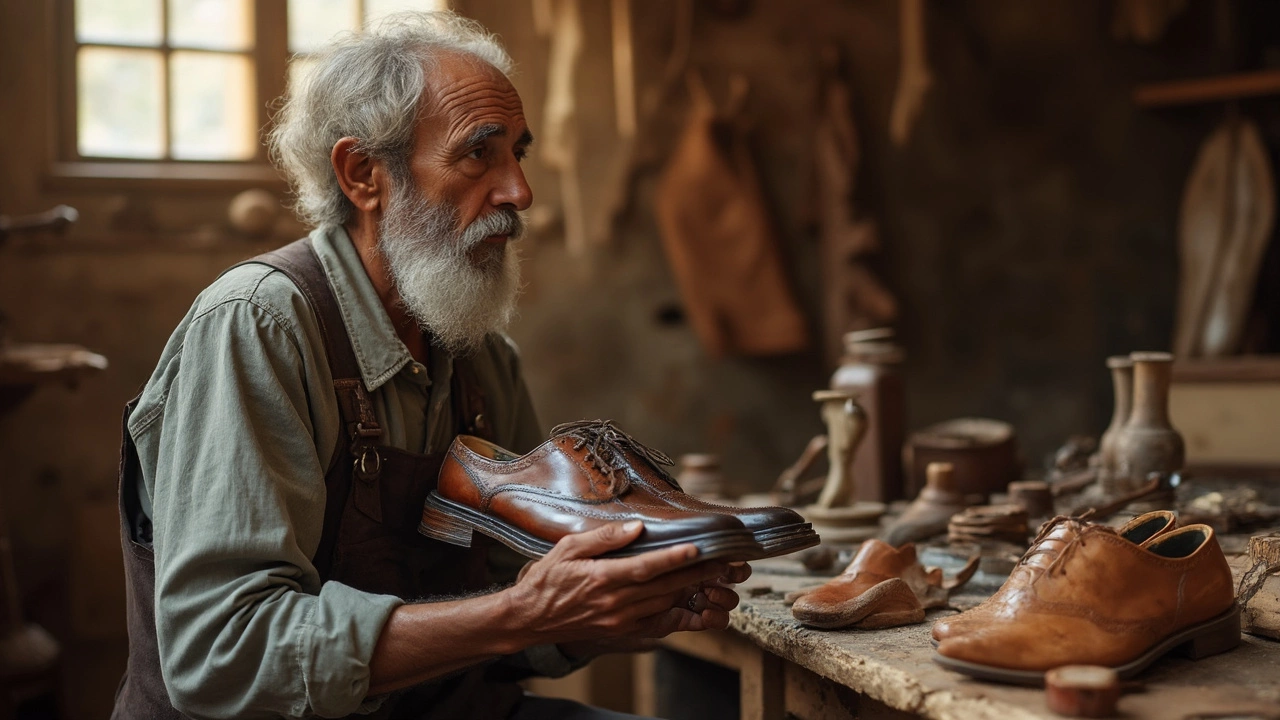Heritage Brands: Why They Still Matter in Today’s Wardrobe
When you hear the name Levi’s, Burberry, or a classic leather boot, you instantly picture quality that’s stood the test of time. These heritage brands aren’t just old labels; they’re a mix of history, craftsmanship, and a style language that keeps resurfacing season after season.
In a market flooded with fast‑fashion drops, a heritage piece feels like a small rebellion. It tells a story, lasts longer, and usually looks better with age. That’s why more shoppers are digging into archives, hunting for the original denim or a well‑aged suede shoe.
What Makes a Brand ‘Heritage’?
First off, a heritage brand typically has a legacy of at least a few decades, often over a century. Think of Levi’s – founded in 1853 – and how its 501s have become a cultural icon. The brand’s durability and consistent silhouette have turned a simple pair of jeans into a wardrobe staple.
Second, heritage brands stick to tried‑and‑true manufacturing methods. Many still use hand‑stitched details, genuine leather, or natural dyes. That dedication shows up in the feel of the fabric and the way a piece ages gracefully.
Third, they’ve built a narrative that resonates across generations. When Kate Middleton steps out in a pair of her favorite jeans, the media instantly connects it back to the brand’s heritage appeal. The story adds value beyond the price tag.
How to Wear Heritage Pieces Today
Pairing old‑school items with modern fits is easier than you think. Grab a classic grey hoodie – a staple in 2025 – and layer it under a sleek blazer for a smart‑casual vibe. The hoodie’s comfort meets the blazer’s polish, creating a fresh look without trying too hard.
For denim lovers, choose a pair of Levi’s with a contemporary cut. The brand’s recent comeback has introduced tapered and relaxed fits that work with both sneakers and boots. Add a simple white tee and you’ve got a look that works from coffee dates to weekend trips.
If you own a leather shoe from a heritage label, know when it’s worth wearing. Avoid them on rainy days or long hikes; instead, pair them with dark chinos and a crisp shirt for an everyday office outfit. Proper care, like using a quality polish, will keep the leather supple and let it develop a rich patina.
Even accessories can tap into heritage vibes. A vintage‑inspired leather belt or a classic canvas tote adds subtle credibility to any ensemble. The key is to let the piece speak for itself – don’t overload with trends.
Finally, consider the fit. A heritage jacket that’s too boxy will look dated no matter how iconic the brand. Tailoring it to your body ensures the piece feels current. Many brands even offer slim‑fit options that retain the original detailing.
Bottom line: heritage brands survive because they blend lasting quality with adaptable style. By mixing them with contemporary pieces, you get the best of both worlds – a wardrobe that honors the past while staying firmly planted in the present.

